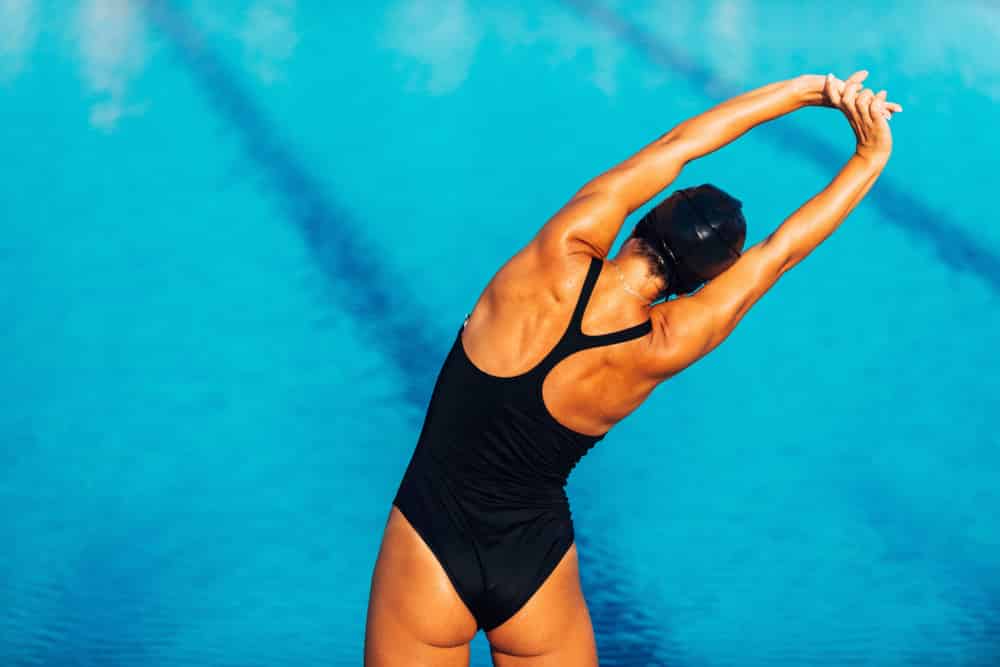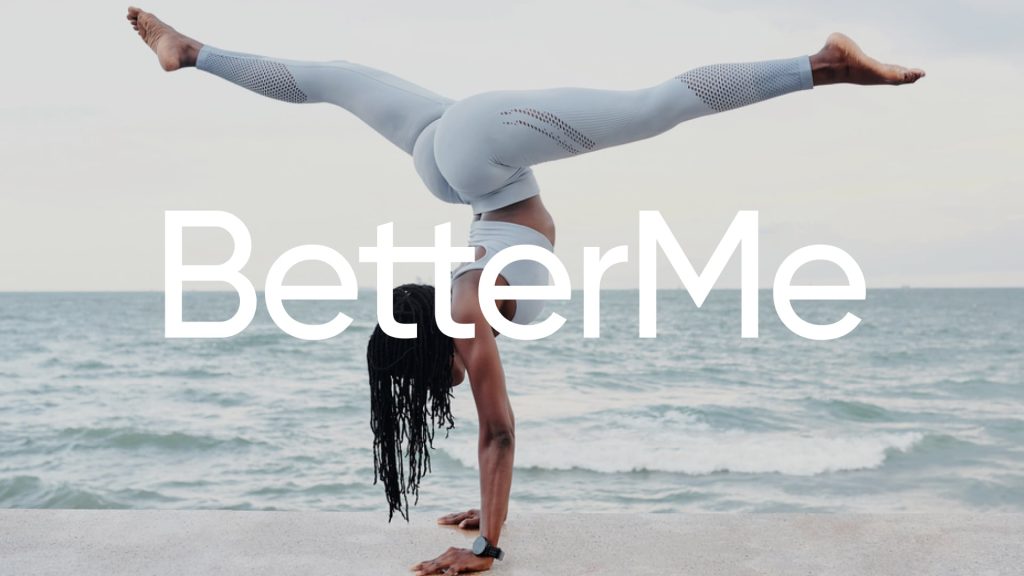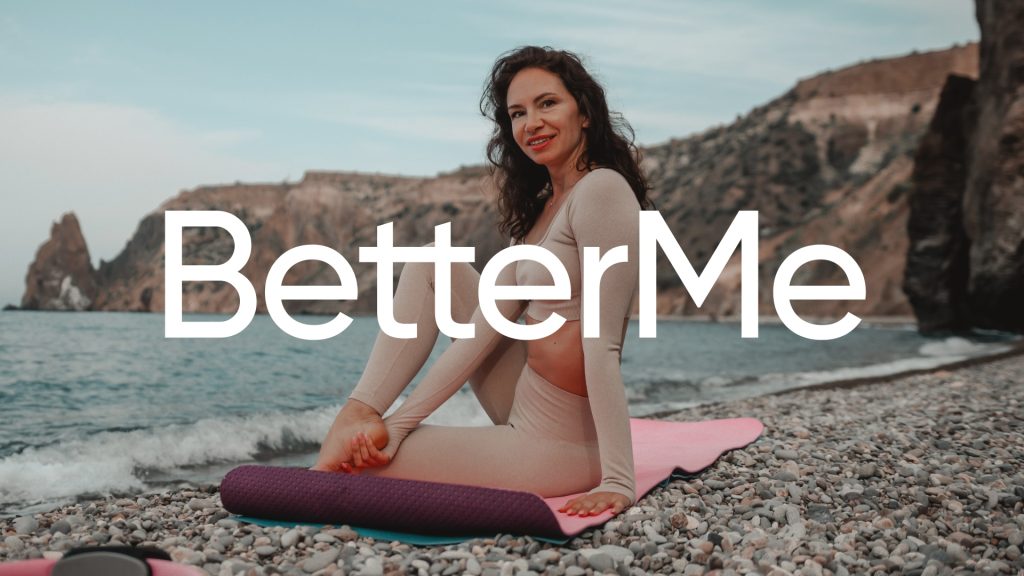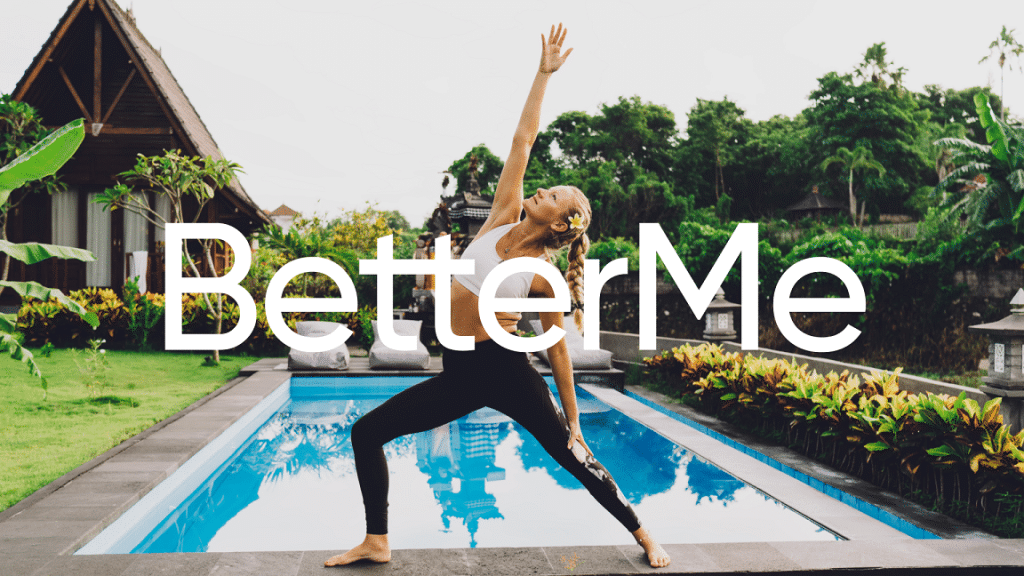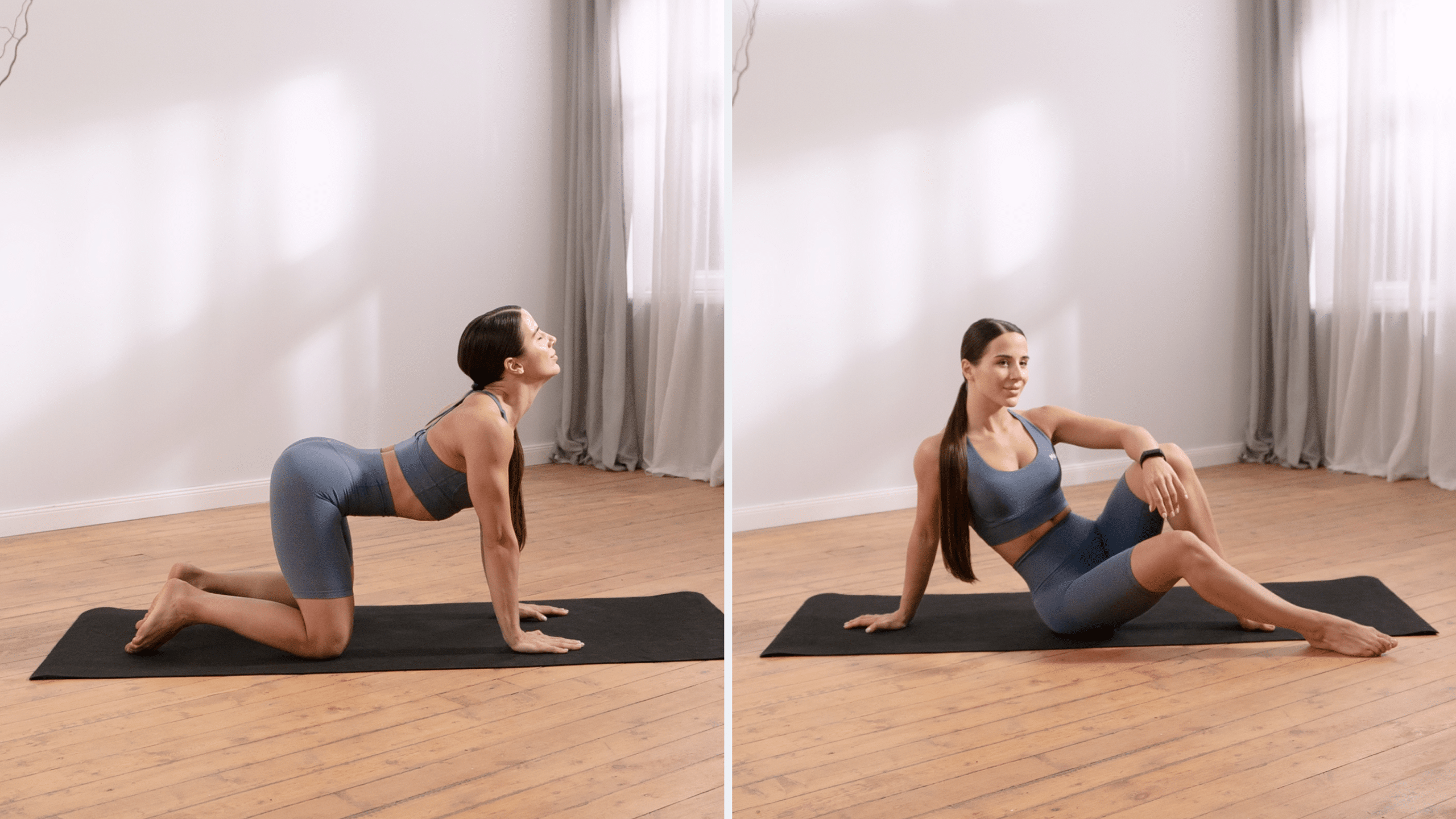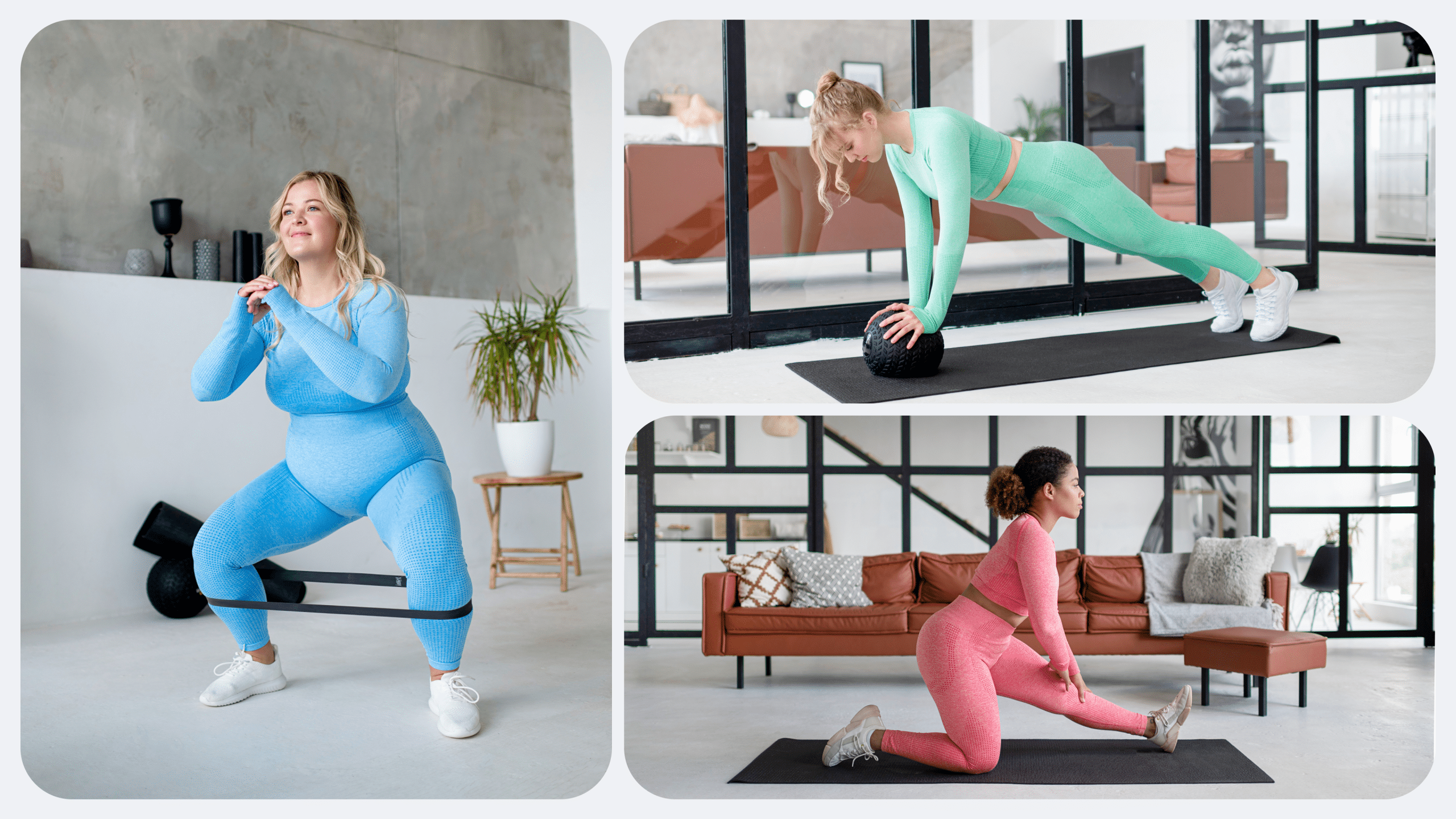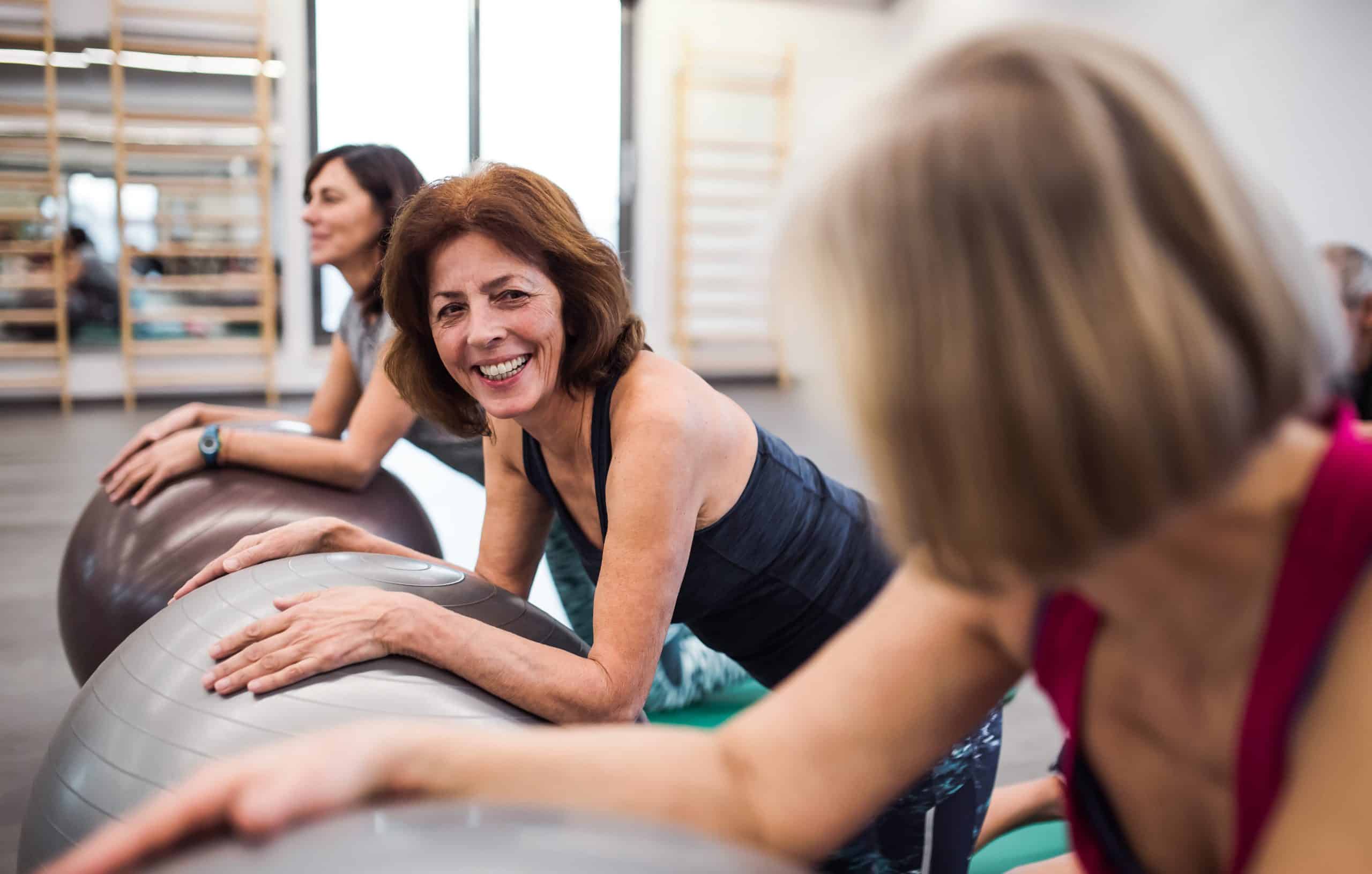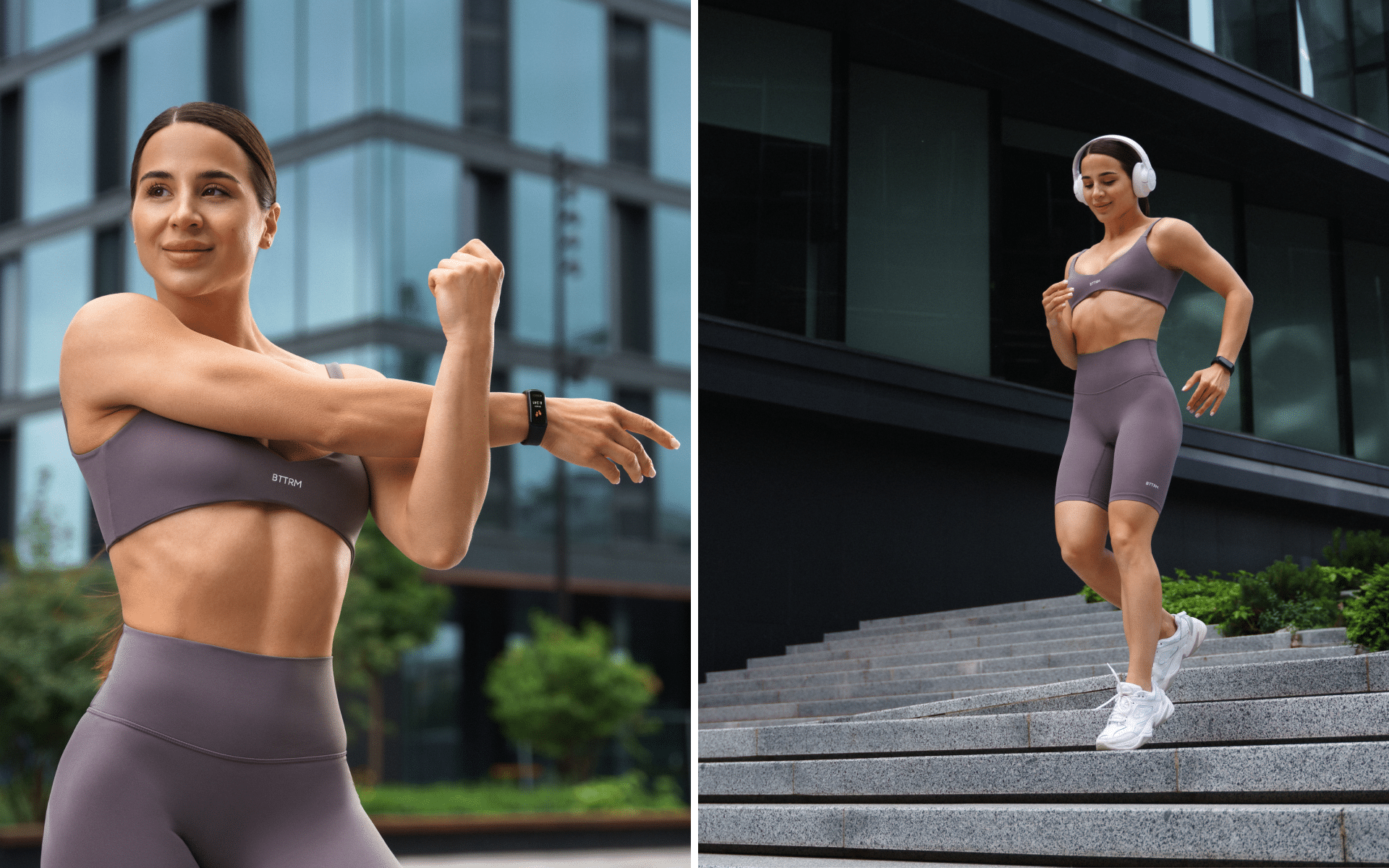Stretching For Swimmers
There is more to swimming than just jumping into the water and moving around. In order to avoid back pains, injuring your muscles, and other particular challenges to the activity, stretching is an important part of warm-up. Stretching for swimmers is a core activity since it’s known to be essential for athletes as some of the essential muscles needed for their activities tend to tighten. The movements in this exercise activates the muscles, allowing for easy circulation of blood throughout the body, and enhancing mobility within core parts of the body (1).
Get your personalized
meal plan!
Swimming is a sport that is enjoyed today by different sorts of people, however it means something different to different people. For some, it is simply another recreational activity. For others, it is a lifestyle, and for others it’s considered a professional craft. Regardless of the meaning it holds for you, top trainers recommend stretching for swimmers, before and after any strenuous swimming activity.
What Is Stretching For Swimmers?
Stretching enables swimmers to flex their muscles, and a flexible body leads to better performance. Learning swimming strokes is not enough if you don’t understand the rudimentary exercises that can help you perform better. If you pay close attention to professional swimmers, a few moments before and after any significant workout, you will see them engaged in different stretching activities. Without a doubt, through years of practice and experience, they have come to appreciate the importance of these simple moves.
There is no amount of time invested in stretching your muscles that is wasted. In fact, it is an important activity you must continuously employ in order to avoid tearing your muscle fibers and inflicting severe pain. Most notably when doing this, ensure to cycle through every part of your body to prevent stiffness. There are basically two broad categories of stretches that swimmers engage in: static and dynamic stretches (4).
So, what is dynamic stretching for swimmers? These are stretching activities that an athlete does in motion. This has an impact on the ligaments, muscles, and other soft tissues in the body to ensure optimal performance and safety. And then, what is static stretching for swimmers? These are stretching activities that the athletes should do when they are stationary. Both of these are essential activities for every swimmer, especially for the muscle groups like Latissimus Dorsi, Pectoralis Group, and Levator Scapulae which tend to shorten while swimming.
Read More: Stretching Exercise For Beginners: Getting Your Blood Flowing And Your Muscles Ready To Move
Importance Of Stretching For Swimmers
A short stretch before swimming can go a long way to improve your overall performance by reducing the muscular tension, thereby making them freer to move through a broader range of motion. This also reduces the risk of sustaining an injury while in the water (1). In addition, it makes it easier for blood to circulate all through your body. When you stretch, your muscles become more flexible, and your shoulders, legs, chest, and hips have more efficient movement when in the water.
What Muscles Does Stretching Work?
Swimming is one of the few activities that involves the entire body and works most of the muscles. There are, however, five very important muscles that play the most significant roles during this activity, and benefit greatly by outstretching (2, 3). These muscles are:
Latissimus Dorsi Muscle
Also known as “lats”, the Latissimus Dorsi Muscles can be found around the mid back area of the body. The lats play a crucial role whenever you pull things, which happens as soon as you get into the water and begin to move your hands.
Triceps Muscles
These muscles, often called “tri”, are under the biceps on the opposite side of the arm. In swimming, they assist every pulling move of the arm, thus giving you the thrust that propels you forward. Well-developed triceps will make each stroke more powerful and produce additional excellent propulsion.
When it comes to weight loss, progress is made by inches, not miles, so it’s much harder to track and a lot easier to give up. BetterMe app is your personal trainer, nutritionist and support system all in one. Start using our app to stay on track and hold yourself accountable!
Pectoral Muscles
These muscles are also referred to as “pecs” and are located on your chest. The pectoral muscles help to stabilize each stroke that you take and also play essential roles during the freestyle and breaststrokes.
Core Muscles
These are your abs, and they help you maintain stability and hold your position in water. A swimmer with poorly developed abs will find it challenging to be hydrodynamic during swimming, thus weakening each stroke’s power.
Quadriceps Muscles
These muscles are often referred to as the “quads” and are found at each leg’s upper region. They are engaged during any operation that requires a swifter movement of the legs, such as jumping and kicking. These well-developed quads come in handy during the butterfly and backstroke moves. They also play vital roles during the start of a water-sport and when making turns.
Recommended Stretching Routine For Swimmers
Below, you’ll find some of the best stretchings for swimmers that you can use to flex your muscles and guarantee yourself better water-sport experiences (4).
Press a wall with both hands behind at the back
This outstretching activity helps to stretch the biceps, the anterior deltoid, and the chest muscles. Evenmore, it helps to flex the muscles and make the raising of hands above the water during swimming less painful. This workout is great for less flexible people.
To carry out this workout technique, this is the process:
- Press against a wall or any rigid object with both of your hands behind you at the back and shoulder width apart.
- Now gently pull yourself forward until you feel the stretch in your biceps and anterior area.
- Hold for a moment before releasing yourself.
Wall Lean for Your Calves
Any time you feel your calves burning, this workout is worth trying out.
- Put your hands on the wall and at shoulder-width distance.
- As you face the wall, lean against it.
- Without any strain, slide your left foot backward until you can’t move it again.
- Note: your left heel remains on the floor and foot is straight.
- Remain like that for momentarily before you change legs.
Model Pose for Your Laterals
Due to overworking your laterals while swimming, they tend to get very defined, so you will need to stretch them regularly.
- Sit on the floor and place your right foot flat on the floor
- Make the left leg straight before crossing over it with your right foot
- Place your left elbow on the outside of your right leg above the knee.
- Twist your torso to the right as you push against your right leg with your left elbow
- Maintain this pose for briefly before changing sides.
If you wish to free yourself from all the extra pounds that have been weighing you down for way too long, start using the BetterMe app and overhaul your entire life!
Stretching the twin muscles with toes on the wall
This training primarily helps to stretch the twin muscle and soleus muscle for an easy movement of the legs in the water. It also helps to stretch the lower back region, thereby reducing the risk of back pain after any water-sporting activity.
- Stand facing the wall and then bring a foot forward.
- Carefully bring up your toes on the wall while the heel remains on the floor.
- Gently bend the leg forward till you can feel the muscles outstretching.
Head to the Knee
This is a common outstretching activity that is not particular to water sports alone. The head to knee workout helps to stretch the back muscle and reduce the risk of suffering from back pain, usually caused by the stiffness of the back muscles.
- You have to be in a standing position and then slowly lift one of your bent legs to about a meter high.
- Now lower your head till it touches the knee.
- Hold for some time and repeat the same process with the other leg.
Butterfly Stretch for Your Inner Thighs & Groin
To guide against injuring your groin and inner thigh, this regular movement is essential.
- Sit with back straight, on the ground
- As your calves rest on the ground, bend your knees
- Firmly place the soles of your feet together
- If you want to press further, lean on your knees
Pretzel Stretch for Your Buttocks
- Position yourself on the floor and flatten your right foot on the floor
- Raise your left leg and put its ankle on your right thigh
- Shift away your left leg to feel the stretch
- Do the same for the other leg
Read More: Types Of Stretches To Loosen Up Your Body From Head To Toe
Straight Arm Swing
- Stand and open your legs slightly.
- Bend your knees and head a little.
- Place your forearm above your first leg’s knee.
- Twist the second arm around so that your shoulder joint can feel the effect.
Squatting stretch against the wall
This stretch helps to increase the motion range, stretch the muscles on the groin, and allows the leg to move better when swimming, thereby protecting the back.
- Stand facing the wall and then slowly lift one foot to rest perpendicular with the floor and on the wall.
- Maintain your balance with your other leg.
- Slowly move your body’s weight towards the leg that is raised until you can feel the muscles on your groin stretch.
Arrow toward the Sky
This is a simple workout as it helps to loosen your vertebrae, stretch the muscles on your arm and back, and increase your motion range during swimming.
- Place one hand over the other and extend towards the front, forming an arrow.
- Keep your elbows locked in position and extend the arrow over your head.
When To Stretch?
Depending on individuals, people should do outstretching at least once in a day to keep the muscles loose. But if you notice that the muscles are too tight, regular outstretching no longer is inevitable. While this activity is not painful, it challenges the muscles, and it is recommended to be carried out before and after a water sport performance (5, 6). The stretches before swimming commences are referred to as pre-swim stretches, and those after the water-sport are called post-swimming stretches.
Pre-Swim Stretches
Swimmers should do these warm-up outstretching exercises before swimming. The general aim of doing this is to get the blood flowing through the circulatory system at a rapid rate and prepare the body for what is ahead.
Post-Swim Stretches
Swimmers should do these are immediately after their water sport activity. By the time you finish, lactic acid will have built up in your muscle and your whole body will have become stiffer. This workout cools down the circulatory and cardiovascular system. It also helps to reduce the chances of fainting and dizziness afterwards.
In conclusion, stretching for swimmers shouldn’t just be an optional activity but a recommended workout considering its importance on their wellbeing and how it impacts their overall performances.
Are you struggling to achieve better and faster results? Check this 20 Min Full Body Workout at Home challenge up!
DISCLAIMER:
This article is intended for general informational purposes only and does not address individual circumstances. It is not a substitute for professional advice or help and should not be relied on to make decisions of any kind. Any action you take upon the information presented in this article is strictly at your own risk and responsibility!
SOURCES:
- A quick guide to stretching and warming up (2020, Swimming.org)
- Flexibility For Swimming! (2019, bodybuilding.com)
- Stretches for Swimming (n.d., swimoutlet.com)
- Stretching can pay dividends for any Masters swimmer (2019, usms.org)
- Stretching: Focus on flexibility (2020, mayoclinic.org)
- Stretching muscles before and after swimming (n.d., swimming.org)
